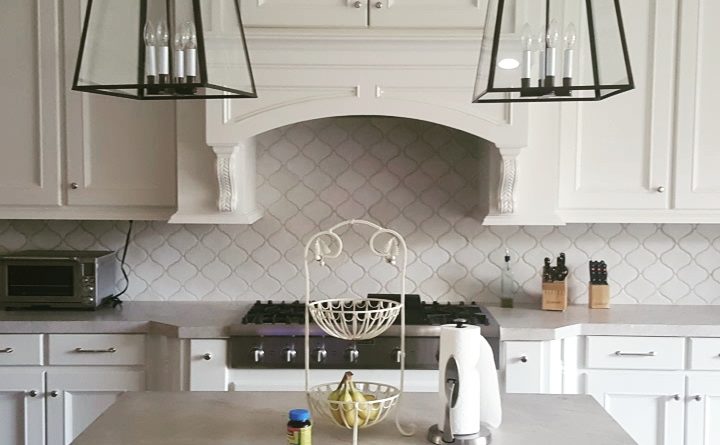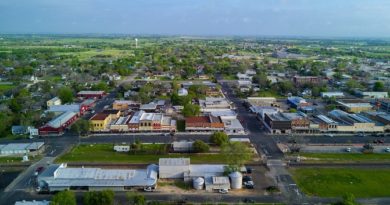15 vs 30 year mortgage for doctors with student loan debt
Some recent graduates desire buying a home soon after finishing residency. After delaying “real life” for so many years, many are tired of renting or need more room for their growing family. For physicians, there are many lenders that offer doctor mortgages with little to no money down. Most individuals interested in personal finance advocate to spend a maximum of 2 to 3 times gross earnings on the purchase price on their new home (including other debts). What the bank may say that you can afford on a much larger house, might not be the best advise for you. Its known that 15 year mortgages, over time, cost less as the borrower pays less interest over time. The trade off is that the monthly payment on the 15 year mortgage is often too high for new doctors. This forces many physicians to opt for the 30 year mortgage instead of the 15 year mortgage. With these factors, I wanted to know what are the advantages of each mortgage for new physicians who have student debt.
Example of an average attending who is recently out of residency
Below are a couple of assumptions I will be using for our new attending:
- Tax Bracket: 33%
- Married filing jointly
- Gross income $250k per year
- Loan of house + student debc <3X gross income
- Mortgage Loan from bank= $500k
- Student debt: $200k on 10 year repayment plan or monthly $2,302
- Lives in state with no state tax, but high property tax @2.1%
According to Bankrate, the average rate for a 30 year loan is 3.60% and for a 15 year loan 2.86%
Income break down per month:
| Monthly Gross | $20,833.33 |
| Federal Withholding | $4,409.31 |
| Social Security | $1,291.67 |
| Medicare | $302.08 |
| 401k | $3,125 |
| Net Pay | $11,705 |
Student loan = $2,302
Net Pay after student loans: $9,403
Difference in 15 vs 30 year mortgage
| 15 Year Mortgage | 30 Year Mortgage | |
| Monthly Payment (not including property tax) | $3,419 | $2,198 |
| Interest Paid in first 5 years | $61,654 | $85,645 |
| Interest Over Full Term | $115,482 | $318,362 |
| Interest Deducted Over Life of Loan | $24,368 | $105,059 |
| Total Interest Paid | $91,114 | $213,303 |
| Total Cost of house | $706,534 | $1,004,583 |
| Difference in interest total payments | $122,189 | |
| Difference in total amount paid for the house | $298,049 |
How much money is spent on housing?
- In the state of Texas, property tax is near 2% and lets assume repair costs are at 1% yearly for the house. For the 15 year mortgage this extra 3% yearly bring your monthly payment to $4,669. This means that per month, this physician would be spending 22% of gross income on the house.
- The 30 year mortgage payment with taxes and estimated yearly repairs as above would come to $3,448 or 17% of gross monthly spending.
- Even after paying the student loan with the 15 year mortgage, this physician would have $4,734 left over for all other expenses
Either mortgage payment should be one that is obtainable for this physician and leave some room for savings and retirement. However, if this physician takes the 30 year mortgage, it will end up costing about $300k more over the life of the loan. If you can afford a 15 year loan in the city you choose to live in, then this is almost always your better option. If your family has a lot of recurring costs, such as child or elderly care or alimony then the 30 year option may be better for you as this has more flexibility in the budget. Once the large recurring costs come to an end, its often wise to refinance to a shorter term mortgage as they often have better interest rates and will cost less over the life of the loan.




